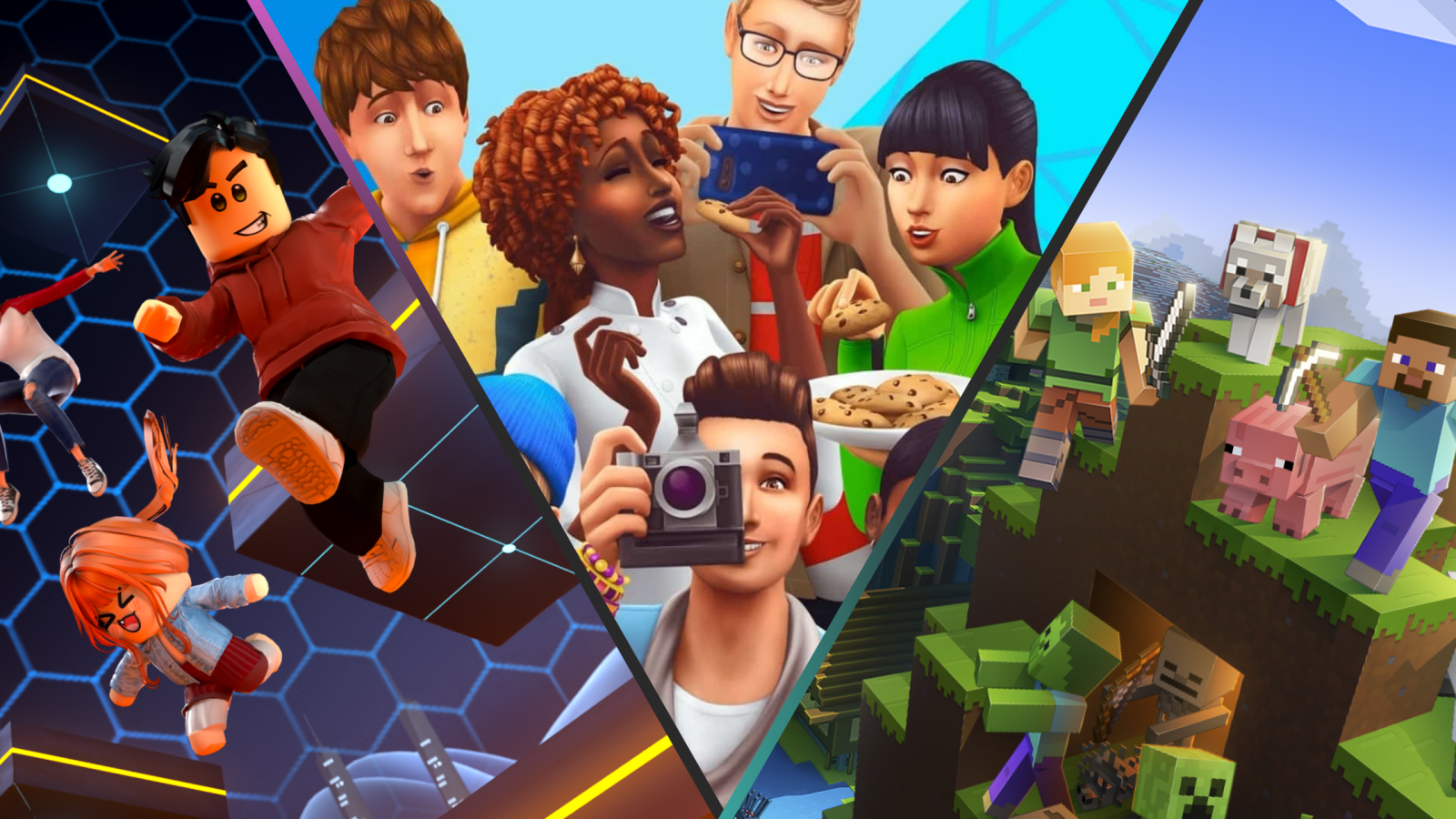The new gaming economy: Why gamers are buying less but playing more

Photo: Roblox / The Sims 4 / Minecraft

A new reality is emerging in the gaming economy that is being obscured by projections of growth, and its long-term effects are only beginning to be felt. Despite more money being spent on games than ever before, most consumers are spending less on a smaller number of games.
According to a recent Circana consumer survey, 63% of US video game players purchase two or fewer games per year (via Mat Piscatella). Additional research also shows that spending on video games has declined since 2024. This decline is especially sharp among consumers aged 18-24, who have reduced spending on games more dramatically than in most other categories (via Gamespot).
Currently, the AAA game industry model is geared towards “whales” and other price insensitive consumers who comprise a substantial portion of many games’ economies and new game sales. However, video game consumer behaviour is shifting in reaction to market realities and the changing sociocultural meaning of video games for younger generations. This week’s blog explores how new cultural and economic forces are reshaping the business of play.
The free 2 play generation
Younger generations are navigating a difficult economic landscape. While it’s tempting to attribute declining game purchases among Gen Z entirely to financial strain, the reality is more complex. Their spending habits reflect not only economic conditions but also the social and technological ecosystems in which they’ve grown up.
For Gen Z and Gen Alpa, gaming has primarily been a permanently accessible 3D social space, as opposed to a product to buy or story-driven narrative to playthrough. Free-to-play, massively popular online games have become the norm, supported by widespread internet access and the rise of mobile gaming.
Because these digital worlds are so deeply embedded in their social lives, players are more likely to spend money within them rather than on new titles. A Comscore report found that 82% of American gamers made an in-game purchase in 2023, underscoring how engagement has shifted toward in-game economies (via GameIndustry.biz).
Featured Report
MIDiA Research 2026 predictions Change is the constant
Welcome to the 11th edition of MIDiA’s annual predictions report. The world has changed a lot since our inaugural 2016 edition. The core predictions in that report (video will eat the world, messaging apps will accelerate) are now foundational layers of today’s digital economy.
Find out more…Titles like Roblox and Minecraft exemplify this trend. They are free to play, cross-platform, technically accessible, and ever-evolving spaces that encourage long-term investment of time and money.
More recently, the contrast in the catastrophic failure of Sony’s Concord versus the success of Marvel Rivals – both games in the “hero” multiplayer shooter genre – exemplifies some of the difficulties this presents. Most notably, Concord charged a premium entry fee for a genre of game that is usually free. It also lacked a strong hook to draw people away from the worlds that they were already ensconced in. Marvel Rivals on the other hand is free-to-play and has a recognisable IP attached to a gameplay loop that has been streamlined using feedback from gamers. However, even in the case of Marvel Rivals, success is relative. After its initial boom of players, many gamers returned to their favourite in-game universes, data showing that 85% of the player base has already abandoned the game.
The backlog apocalypse
The prevalence of high quality, popular free-to-play games are not the only thing hampering the success of new titles. Many game developers are competing against a past that they helped create and maintain consumer interest in.
The shelf life of video games has become longer with various technological developments and platforms making them more accessible. Nostalgia – often cultivated by the industry – coupled with time constraints, often drives players back to familiar titles rather than into new ones.
The result is new games are constantly competing with a growing “backlog” of unplayed and already played games for a dwindling amount of consumer time and money. They additionally lack the same level of meaning that has already been conferred onto previously played games. Remakes and remasters can recapture some of this interest, but the limitations of that strategy will become more apparent as the differences between game generations becomes harder to perceive.
Waning industry health
The consequences of these shifting priorities are already evident in the underperformance of high-profile titles such as Concord, Ravenfall, and MindsEye. Yet, despite mounting evidence, much of the industry has been slow to adapt its mindset as it continues to chase big spenders.
Without changes to the way games and services are monetised, the long-term health of the industry is called into question. Success will increasingly concentrate among the largest publishers with the most entrenched fan bases and successful recurring revenue models. Franchises with strong social ecosystems, like Call of Duty or NBA 2K, and mega-releases such as Grand Theft Auto VI, will continue to dominate. However, this success will start to dwindle as market conditions continue to worsen and generations with different priorities become more dominant.
Ultimately, sustainability will likely depend on identifying and exploiting niche markets or cultivating dedicated communities around distinctive experiences that are steeped in meaning.

The discussion around this post has not yet got started, be the first to add an opinion.